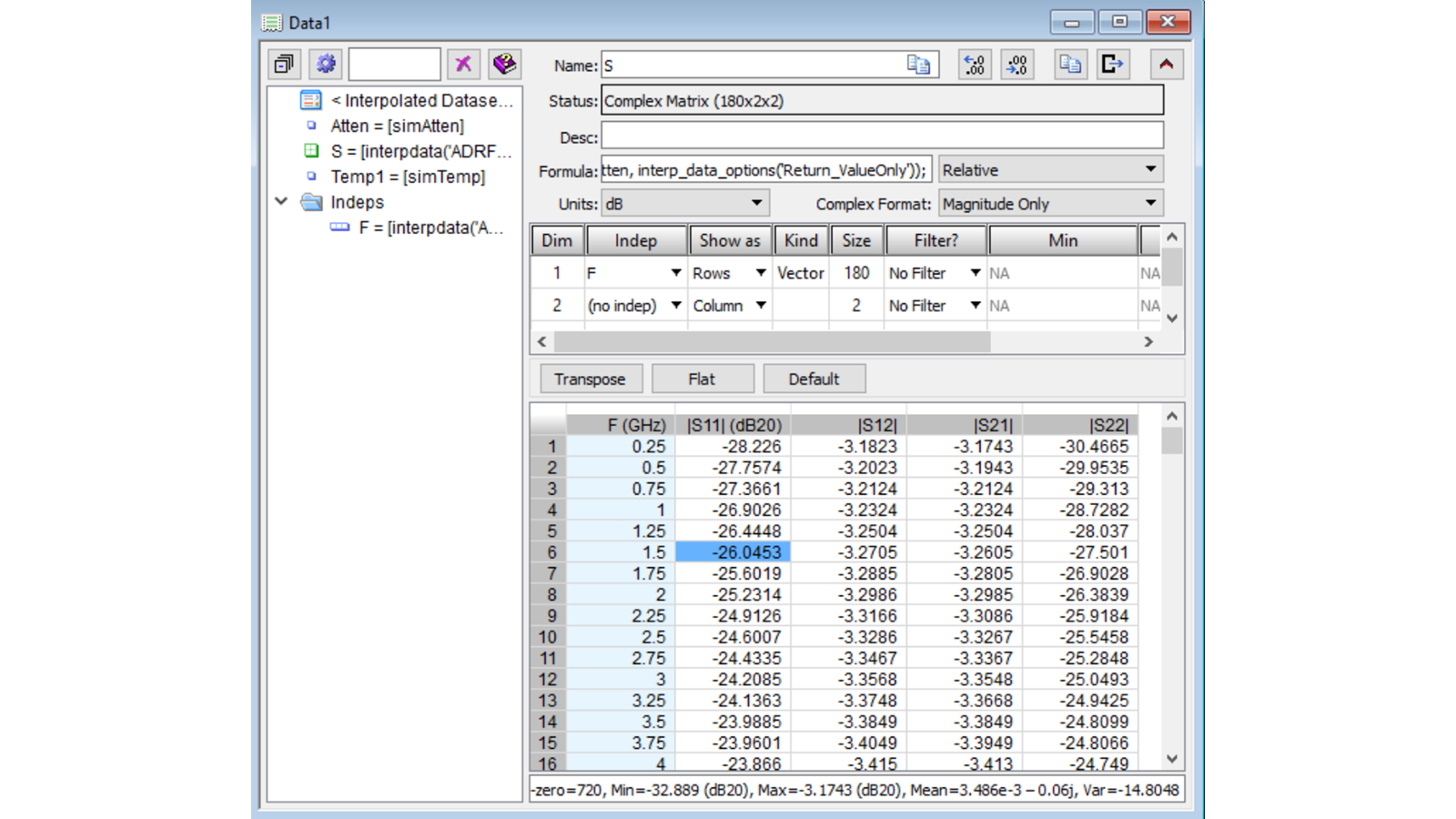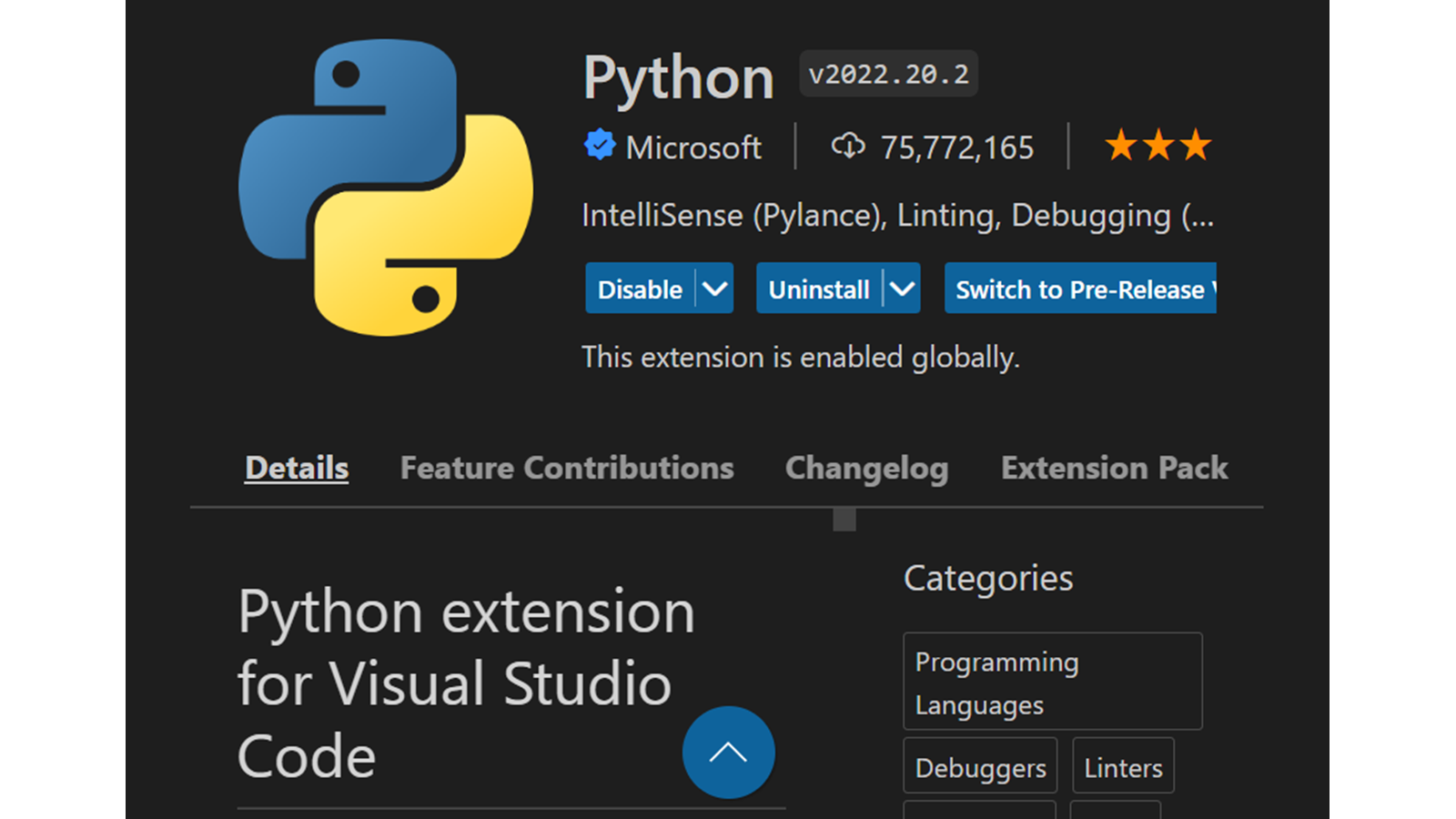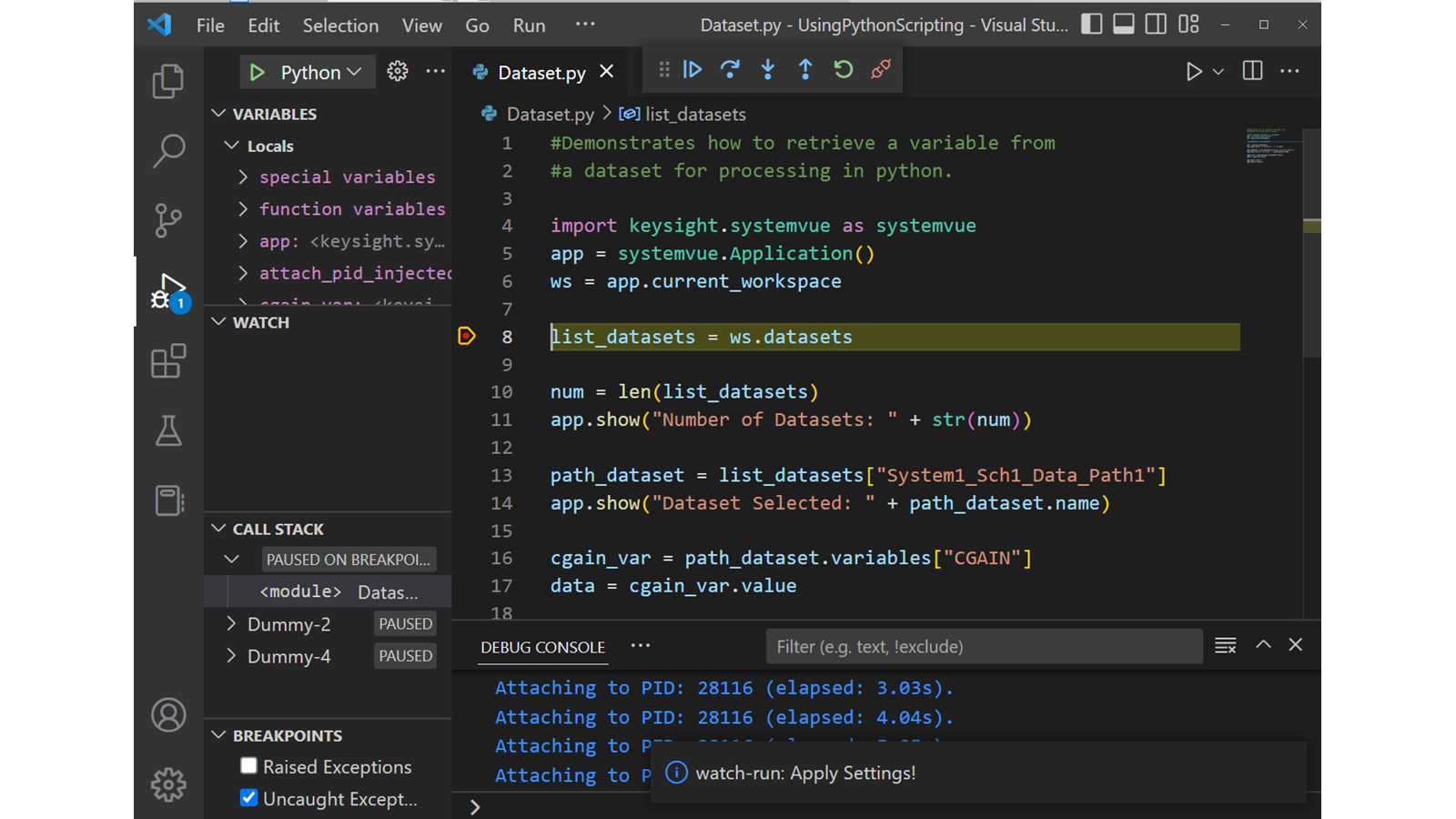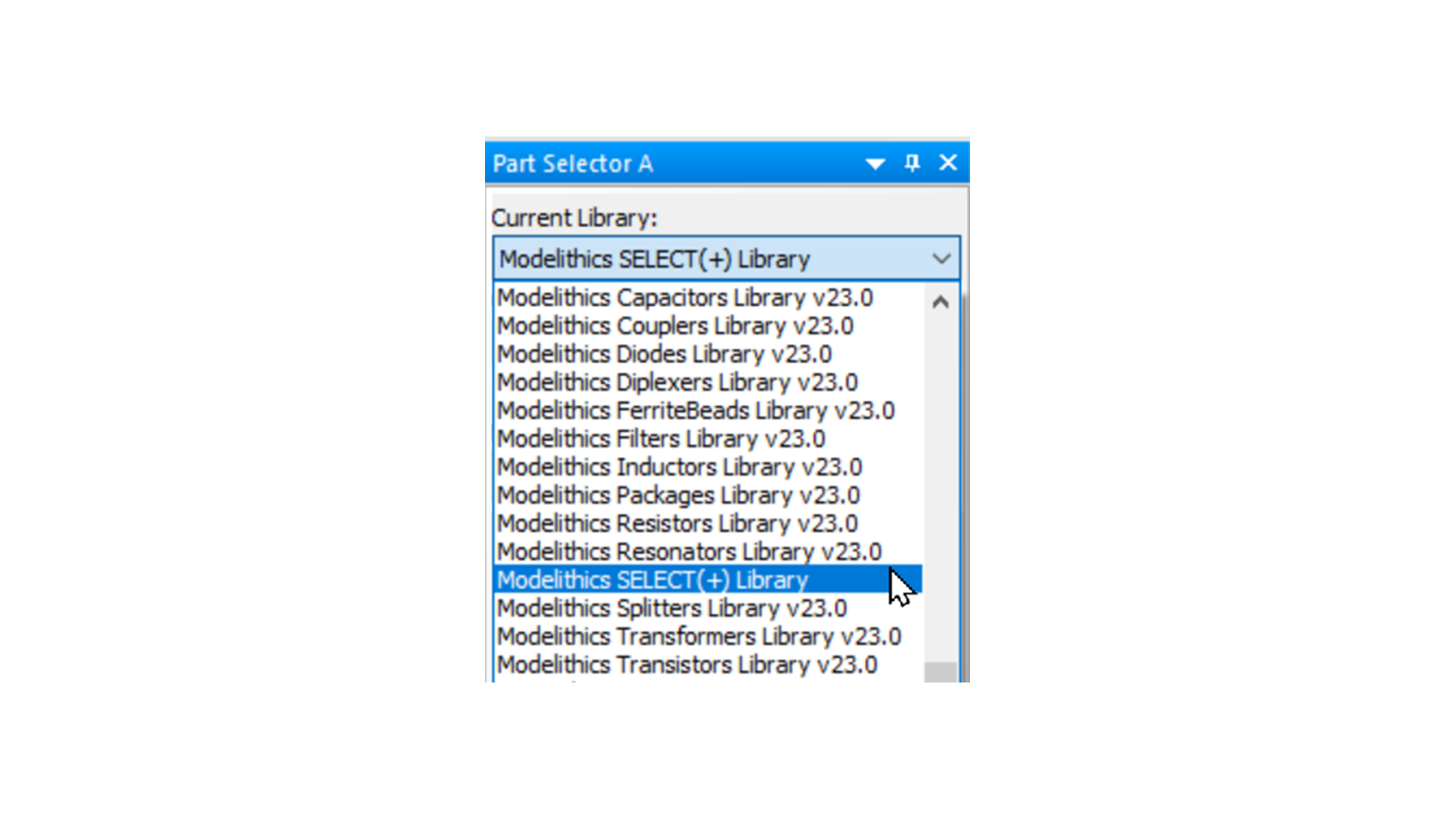What are you looking for?
PathWave RF Synthesis (Genesys) 2023 Product Release

Highlights
The PathWave RF Synthesis 2023 product release includes:
- Measurement Data Interchange Format (MDIF) Import of multi-dimension interpolable data from PathWave Advanced Design System (ADS) and Keysight instrumentation
- Python Scripting Enhancements with Visual Source Code extension for editing and debugging
- Graph Enhancements with draggable markers and intelligent autoscaling of step size and units
- Updates and enhancements to Spectrasys EM-Link use model.
- Vendor Parts Library updates to latest Modelithics SELECT+ library
- Improved Power Dependent Attenuator model
PathWave RF Synthesis 2023 is available now!

Figure 1. PathWave RF Synthesis 2023 affordably expands RF circuit and system design efficiency.
PathWave RF Synthesis 2023 continues to offer the industry’s most complete RF circuit and system synthesis capabilities in an affordable, accurate and easy-to-use simulation software that you’ve come to love. This release delivers new and enhanced capabilities to improve productivity and usability for RF and Microwave circuit and system designers.
MDIF Import
The new MDIF import feature allows for importing multiple files and merging data blocks of the same name in a single dataset. That multidimensional data can then be sliced or interpolated using new functions. Another new feature is Interpolated Dataset where a new dataset can be created from the imported data by interpolating all the variables at once.

Figure 2. New MDIF import enables multi-dimensional data from ADS and Keysight Instrumentation to be interpolated and sliced for use in simulation.

Figure 3. Imported MDIF multi-dimensional data files from multiple measurements can be merged, interpolated and sliced to produce datasets for use as models in simulation.

Figure 4. PathWave RF Synthesis (Genesys) 2023 includes Python extension for Visual Studio Code for powerful editing and debugging of Python scripts.

Figure 5. Visual Studio Code extension user interface for efficient Python script editing and debugging.
Python Scripting Enhancements
Python scripting adds support for graphs and high resolution graph image capture function. The Python API now supports creating workspace variables; renaming designs and analysis; and manipulating graphs and datasets. The Visual Source Code extension adds powerful editing and debugging capabilities for creating Python scripts.
Graph Enhancements
Graphing and plotting of data now include convenient draggable markers to quickly read off trace values directly. This is in addition to the previous sequential stepping with the arrow keys for precision placement of markers.
Intelligent auto scaling automatically selects the most appropriate units and step size that are divisible by 1, 2, 5 or 10 for fast visual interpolation and interpretation of plotted data.

Figure 6. Graph enhancements include draggable markers and intelligent auto-scaling with automatic selection of Units and Step Size for fast visual interpolation and interpretation of plotted data.

Figure 7. EM estimated port power radiated to this node from all other nodes.
EM-Link Enhancements
EM-Link enables EM effects of RF System PCB board layout such as undesired signal coupling and feedback from every system node to any specific system node to be included in system simulation. Genesys 2023 improves the usability in setting up this useful analysis.
Updated Modelithics SELECT(+) Vendor Parts Library
Provides free updated scalable models for nonlinear simulation and Vendor Parts Synthesis (VPS) capabilities.

Figure 8. Updated Modelitics SELECT(+) vendor parts library for nonlinear simulation and Vendor Parts Synthesis.

Figure 9. Updated Power Dependent Attenuator model only includes signal power but not noise power when calculating its threshold power for more realistic simulation.
Updated Power Dependent Attenuator Model
Updated Power Dependent Attenuator model only includes signal power but not noise power when calculating its threshold power for more realistic simulation.
Get Started
If you are ready to get started using Genesys, Apply for a Free Trial of PathWave RF Synthesis Software.
Looking for another version? View other PathWave RF Synthesis Product Versions.
Learn more about PathWave Design Software.
